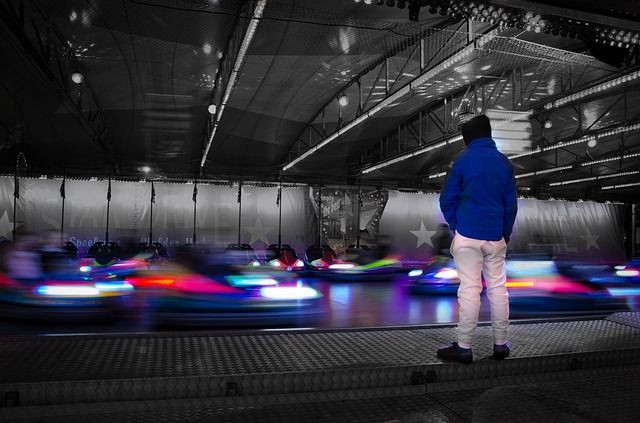Is My Brain Wired Weirdly? Agnosia Means Some Human Brains Are ‘Motion-Blind’

When we see a car driving towards us, we run out of the way because our brains see it moving toward us. However, not everyone can tell the car is moving at all, and it’s not because of their eyes: It’s their brains.
In a study conducted by University of Wisconsin-Madison psychology professor Bas Rokers, over half of the tests subjects struggled to identify in which direction a mobile object was moving.
When the brain cannot correctly interpret sensory information, it results in a condition called motion blindness, a form of agnosia. “There’s no way to predict before they are tested whether they have an agnosia for motion,” Rokers said in a press release. “It is an issue with the wiring in their brains.”
Normally, the brain can tell the speed and direction of a moving object by using two binocular cues — changing disparity and inter-ocular velocity differences. When the brain cannot use one or both of these cues, the result is called motion blindness.
Cues given by changing disparity operate by using each eye to judge the distance of an object and then comparing the two to tell where it is moving. Rokers says inter-ocular velocity cues also uses both eyes, but compares the speed of the object instead. Together, these cues allow the brain to tell where an object is moving and how fast it’s moving.
Test subjects were fitted with headsets and colored glasses designed to show each eye a separate video. Both eyes in each subject were shown a different video to test the subject’s awareness of the object’s speed and direction. Although the problems were normally only a portion of a subject’s field of vision, Rokers said, “We were surprised when we saw how many people had trouble correctly detecting motion, and put people through thousands of trials.”
Rokers says despite having agnosia, people are likely not aware of it because they have adapted towards using one cue more than the other. “People combine them [cues] according to their own judged reliability. If they’re very good at using one cue, they will incorporate that information more."
Read more: Older Americans With Visual Impairment, Blindness Expected To Double By 2050



























